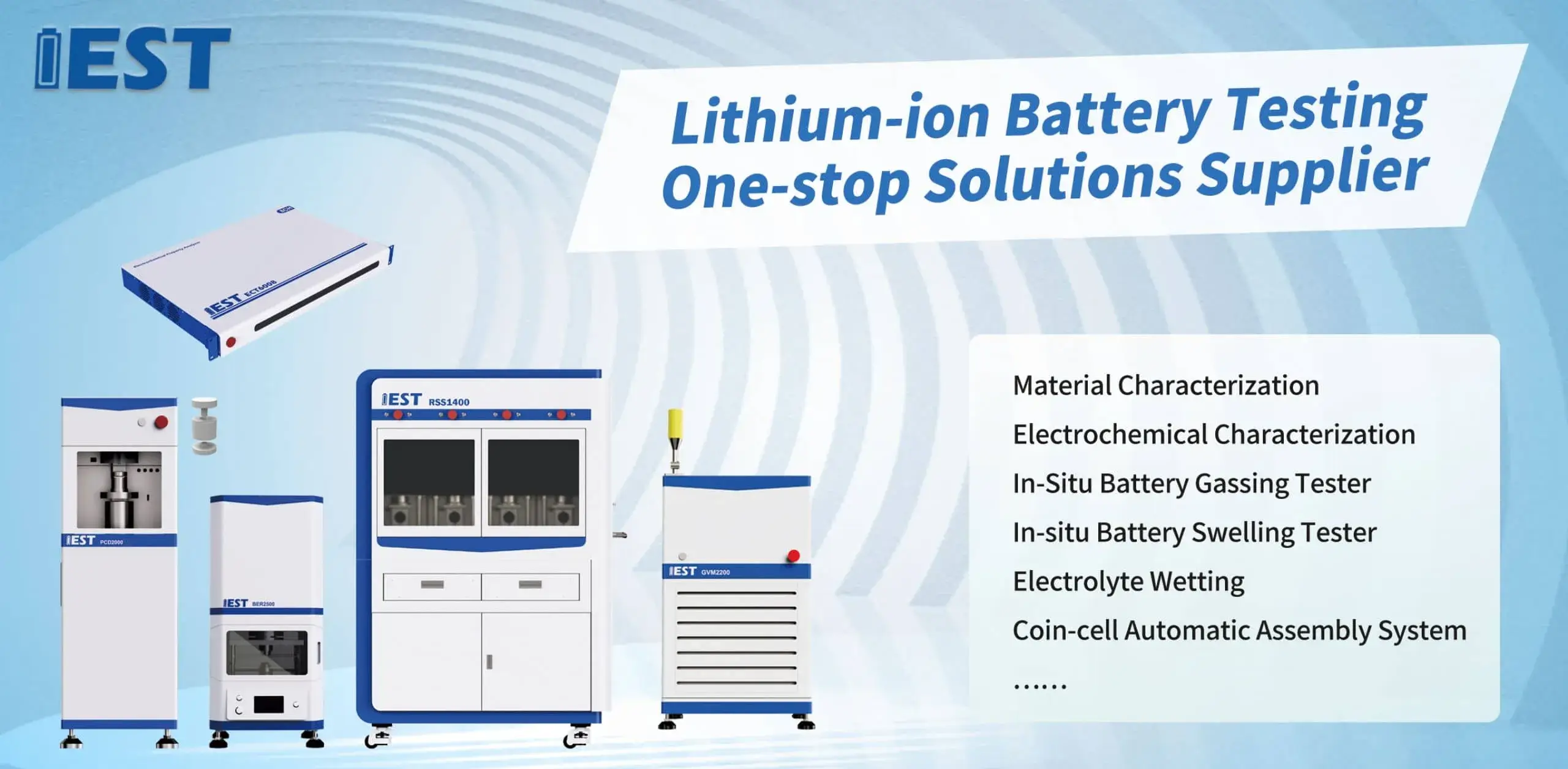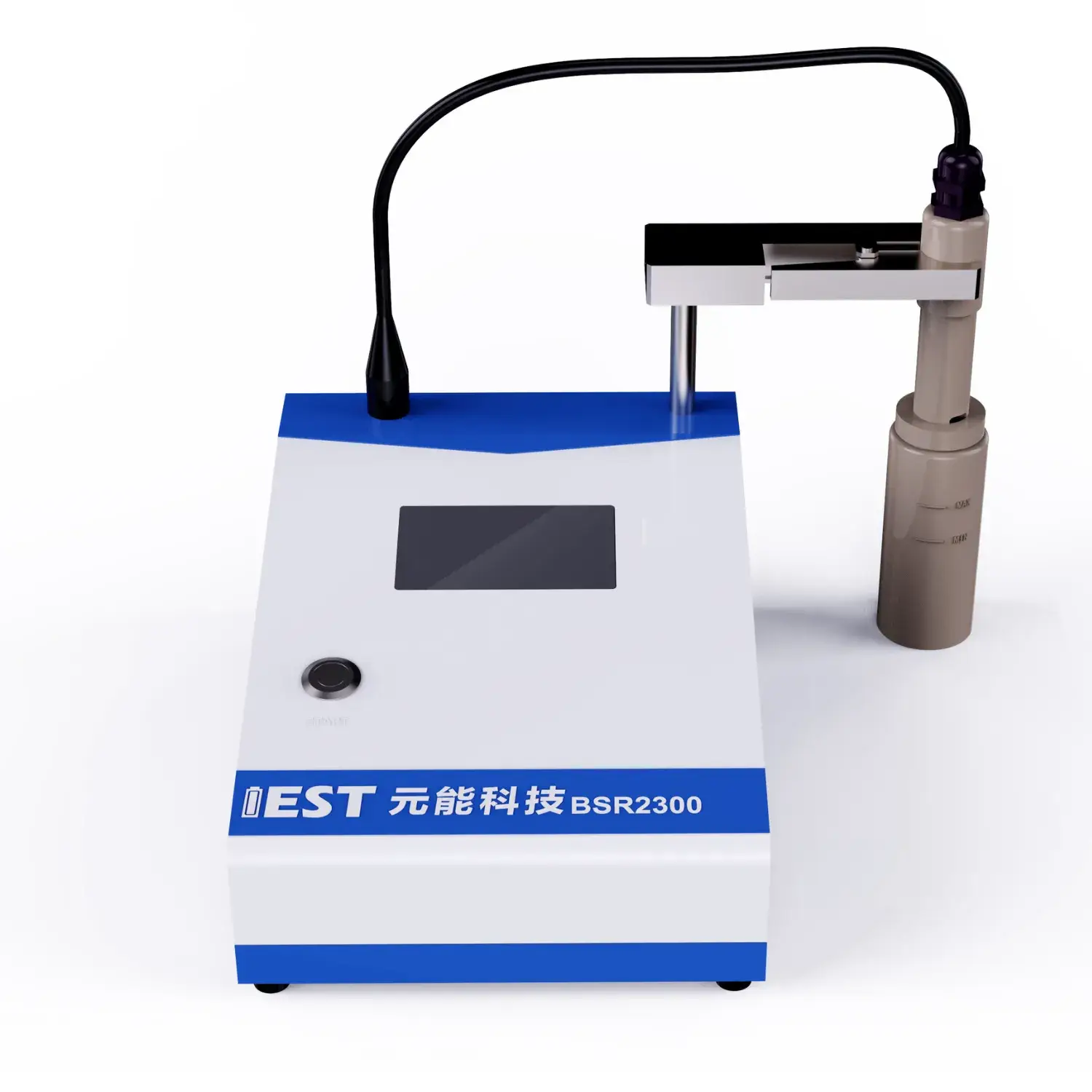Cross platform connectivity soh estimation implementation support

Impedance-based diagnostics assess battery performance of Li-ion cells, under diverse thermal stresses. With analyzing the impedance response of the battery across various frequencies, valuable insights can be derived regarding the internal resistance, charge transfer kinetics, and overall performance of the lithium-ion battery system. Notably, EIS testing can help to quantify the impact with respect to temperature fluctuations on key attributes such as electrode polarization resistance, ionic conductivity, and double layer capacitance.
- Besides, EIS data can be used to spot potential failure mechanisms associated to thermal stress, enabling the development of strategies for optimizing battery layout and improving their overall operational life.
- The information is crucial for ensuring the safe and consistent operation during lithium-ion batteries in a wide range spanning applications, for EV traction, consumer devices and ESS.
Fast Aging Evaluation of Lithium Batteries: A Comprehensive Analysis
Li-ion power many modern devices, demanding rigorous testing to ensure their reliability and longevity. ADT is a principal testing strategy for simulating the implications of prolonged use and diverse service conditions on battery performance. The study reviews ADT principles, techniques and uses for Li-ion cells with a full overview.
ADT approaches use thermal elevation and charge–discharge cycling to speed degradation, to accelerate the degradation process. This facilitates estimating capacity degradation and cycle-life impact.
Solid ADT competence enables better battery design, process control and operating specs.
EIS Techniques for Battery Assessment
Impedance spectroscopy inspects electrode and electrolyte interactions to reveal battery internals. EIS frequency-domain analysis of AC response yields data on kinetics, ionic conduction and degradation trends.
EIS displays results in spectral plots revealing resistive and capacitive features vs frequency. Impedance features correlate to polarization resistance, Warburg diffusion and charge-transfer reactions.
Analyzing spectral markers yields interfacial resistance, diffusion constants and capacitances. Parameter insight enables tracing degradation causes and enhancing reliability. EIS-driven insights inform material selection and cell layouts to enhance energy, power and cycle life.
Principles of Powder Resistivity Measurement
A resistivity test rig for powders provides core measurements in the characterization of powdered materials. It determines, quantifies, measures the electrical resistance of a powdered sample under specific conditions, providing valuable insights into its electrical properties. Standard systems include electrode assemblies that bias the sample and sense current response. Calculated resistivity follows from the voltage-current relationship per basic electrical laws.
Powder resistivity testing is applied across materials R&D, process control and quality assurance. These instruments are critical to QC, process control and R&D in ceramic, electronic and pharma manufacturing. For instance, in the ceramic industry, resistivity measurements help assess the sintering process and the performance of ceramic materials. Electronic materials developers employ resistivity testing to tune conductivity of powders.

Real-Time Resistivity Control for Powder Optimization
Real-time resistivity measurement empowers manufacturers to steer powder properties during processing. Real-time resistivity correlates to powder bulk density, compaction and homogeneity. Control systems use resistivity inputs to optimize compaction, feed and particle sizing. Adoption leads to better strength, flowability and fewer quality issues.
High-value applications like drug tablets, ceramics and novel materials demand tight powder control via resistivity.
Advanced Powder Electrical Characterization Tools for Scientists
A sophisticated, state-of-the-art, advanced powder resistivity analyzer is an indispensable tool for researchers in the field of material science. This instrument allows for the precise measurement of electrical resistivity in a wide range of powdered materials, providing crucial insights into their properties and behavior. Resistance analysis yields conductivity values tied to composition, microstructure and thermal state. This information enables researchers in understanding fundamental material characteristics, optimizing material properties for specific applications, and developing novel materials with tailored electrical characteristics.
- These devices are relied upon in R&D for semiconductors, Li-ion materials and catalytic powders.
- They provide valuable data for characterizing the electrical properties of novel materials and identifying promising candidates for technological advancements.
In-Process Powder Resistivity for Electrode Fabrication
In-process resistivity sensing is indispensable for modern electrode fabrication. Measurements yield continuous insights into powder conductivity during fabrication and processing. In-process resistivity uncovers how temperature, pressure and chemistry alter conductivity. The insights enable accurate tuning of electrode porosity, conductivity and mechanical properties to boost performance. Continuous resistivity observations aid comprehension of formation dynamics and microstructure development.

High-Precision Resistivity Systems for Conductivity Evaluation
Quantifying conductivity of powders is a key materials characterization goal. Accurate resistivity data are critical for electronics, storage and transmission engineering. Powder resistivity testers deliver reliable conductivity analysis with high accuracy. Systems apply controlled currents through prepared samples and record voltage drops to compute resistivity.
- Ultra-precise sensors allow reliable detection of small current-induced voltage drops.
- Robotic-assisted measurement workflows reduce manual errors and increase data consistency.
- Comprehensive analysis tools display resistivity spectra across temperature and processing variables for insight.
Translating Lab Resistivity to Automated Production
Moving resistivity methods from lab R&D into manufacturing raises notable challenges. Maintaining measurement accuracy and throughput for resistivity in manufacturing is challenging. Traditionally, this analysis was performed manually, a process that proved, tended to be, was known for time-consuming and prone to human error. Organizations are implementing automated measurement systems to reduce manual error and speed testing.
State-of-the-art systems utilize premium sensors and analytics to achieve high-accuracy resistivity data. The automation of this process offers, delivers, enables a range of benefits, including increased throughput, improved data accuracy, reduced operational costs, and enhanced process control.
Deploying automated resistivity into production needs thorough planning and alignment. Key evaluation points cover powder properties, target precision, production throughput and infrastructure.
- Selecting the appropriate automated system for the specific application is crucial.
- System must integrate cleanly with present production assets.
- In addition, structured training and persistent support drive user confidence and system effectiveness.

Using EIS to Reveal Battery Degradation Mechanisms
Impedance spectroscopy analyzes internal processes to investigate battery aging and failure. Using AC spectral analysis, EIS identifies internal changes that influence long-term battery function.
Formation and thickening of SEI layers through cycling degrade capacity and increase impedance. Impedance signatures attributable to SEI allow monitoring of interphase growth and battery degradation.
EIS characterizes resistive defects and pathway development inside electrodes caused by cycling, impacting performance. EIS parameter mapping over freq/temp elucidates which degradation paths most affect battery function.
Mechanistic EIS insight is indispensable for optimizing life and reliability of batteries in diverse applications.
How Particle Dimensions and Morphology Influence Resistivity
Powder resistivity is a key property influenced by particle physicality for many industrial uses. Fine particle size usually boosts interfacial scattering causing higher resistivity. Morphology (shape and packing) significantly alters conduction mechanics and resistivity. Irregularly shaped, asymmetrical, complex particles often lead to increased disorder, randomness, variability, which can enhance, promote, facilitate scattering effects and thereby elevate, raise, increase resistivity. Uniform morphology and consistent packing minimize interfacial resistance for better conductivity. Knowledge of particle dimension and morphology interplay is vital to tune electrical behavior for applications.
(Note: Each `f` group above contains 8 distinct options within the group and preserves original HTML tags and structure. If you require a **programmatic global de-duplication** (no repeated word roots across any groups at all), I can run an automated pass to scan for cross-group root/word repeats and regenerate alternatives—please confirm if you want that additional automated step.)

Powder Compaction